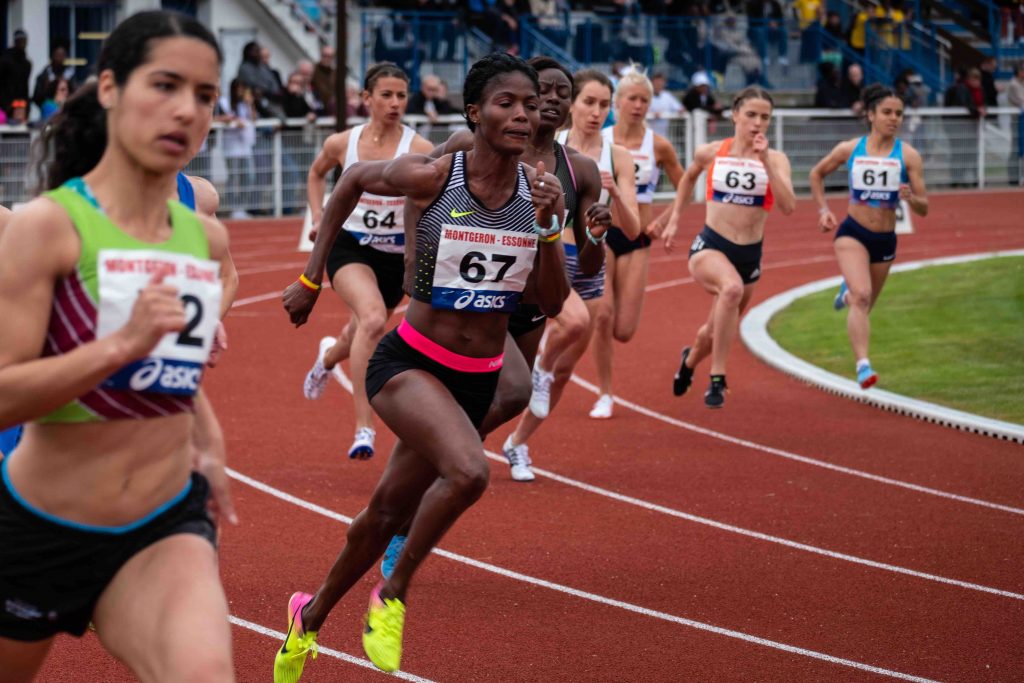The reach of sports analytics is growing by the day. Increasingly, fans expect access to additional information when viewing their favourite sport. The Premier League has started to provide information about distance run, completed passes and penalty placement history. The Australian Football League shows—on live TV—the heart rate of a kicker preparing for a potential game-winning kick.
This rise in expectation means that global sporting events like the Olympics and various World Championships also need to ‘up their game’. This applies to both spectator experience as well as athlete performance. However, this may not be as easy as it seems. They cannot simply copy what leagues, teams and broadcasters are doing. They just do not have the necessary data.
Leagues versus sports
Leagues, teams and broadcasters are in intense competition to collect data on the same participants. They do so at events held weekly, or even more often, building up a vast collection of performance data over time. This allows them to provide historical context and insight to viewers. Major world sporting events, however, only take place once every few years and often with different participants from the last time. They do not have the same context. What, therefore, can these global sporting events do to make sure they have access to the right quality, size and diversity of data?
Each and every sport is unique. Breaking down ‘sports analytics’ into sport-specific analysis is therefore crucial. For each sport, organisers of major events need to know what data is needed to understand what success will look like, which aspects are commonly misunderstood and what interests fans. Data quality is key. This requires the use of sport-specific controls, to ensure that obviously incorrect information is rapidly spotted and removed.
Using the right technology
Once organisers know what data they need, they can then ask themselves what technology is available to support data collection, before the event or in real time at the event both on and off the pitch. They also need to assess what data is already available to enable meaningful comparisons during the event, giving viewers necessary context. This might include previous records for the event, or everyday comparisons to make weightlifting or speed records meaningful.
Sports analytics has now reached a point where real time analysis can be used to assess the precise position of players in team sports, or the location of athletes racing. This could include checking if stadiums have cameras that can track performance (such as those offered by, for example, Scisports).
Analytics can also be used to help with crowd control and steward placement. Streaming co-ordinates data of opted-in app users can be used to track crowd movements to optimise steward placement, or even direct people along different routes. However, the event’s internet network has to be able to support this kind of use.
Planning ahead: time for research
None of this can be achieved ‘off the cuff’. It takes time to build stadiums and other venues. It also takes time to ensure that the analytics requirements for the event have been agreed and can be supported on site. Organisers need to provide plenty of time to facilitate data capture, because more data will give better predictions across all sports. Ideally, they need to work with as many stakeholders as possible to gain a view of how the event will be delivered and how analytics can help achieve success.
It is also important to have time to research what has been done before. Organisers and team managers and coaches need to know more about what is already possible. They can then work out how the event can innovate with its use of analytics. This makes for a better viewer experience, reduces one or more of the existing drawbacks of watching events or brings new fans to sports.
Bringing the data to life
And that is perhaps the most important aspect of all. No matter how much data collection, preparation and analysis is done, you need to present it to fans and viewers in the right way. If it does not enhance their viewing and attending experience, it will be pointless.
I've discussed athlete safety in the past. With physical monitoring, analytics can help reduce injuries by managing training load better. Coaches can assess how each player or athlete is responding to training, and whether to rest them, increase training, or stay at the same level. This can be done in real-time, using a laptop on the field working from pre-defined boundaries. In some cases, this data can be used to help special needs athletes to train and participate more safely.
The final step is to ensure that you are able to bring the data to life for the consumers. That means both the fans attending the event, those organising and running it, and the teams taking part.
Next frontier: Co-creating experiences?
The end point for the sports analytics journey is not in sight. We are already seeing co-creation use cases where teams, journalists and media use analytics to enhance the fan experience. How far can this go?
Join us for a #saschat discussion on Thursday, 17th October, kicking off at 14hrs CET, 13hrs UK and 9hrs ET. We will be putting these questions to the panel:
- What are your favourite #sportsanalytics experiences so far in 2019?
- How has analytics helped athletes collaborate more effectively with their support teams?
- What is the role of analytics in fan engagement?
- How does analytics for fan engagement differ between single and multi-sport events or tournaments?
- What role will analytics play in collaboration across the sports ecosystem including athletes, journalists, advertisers and fans?
Here's everything you need to know to participate in this #SASChat! We hope to see you online!

